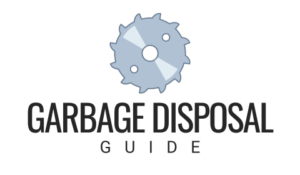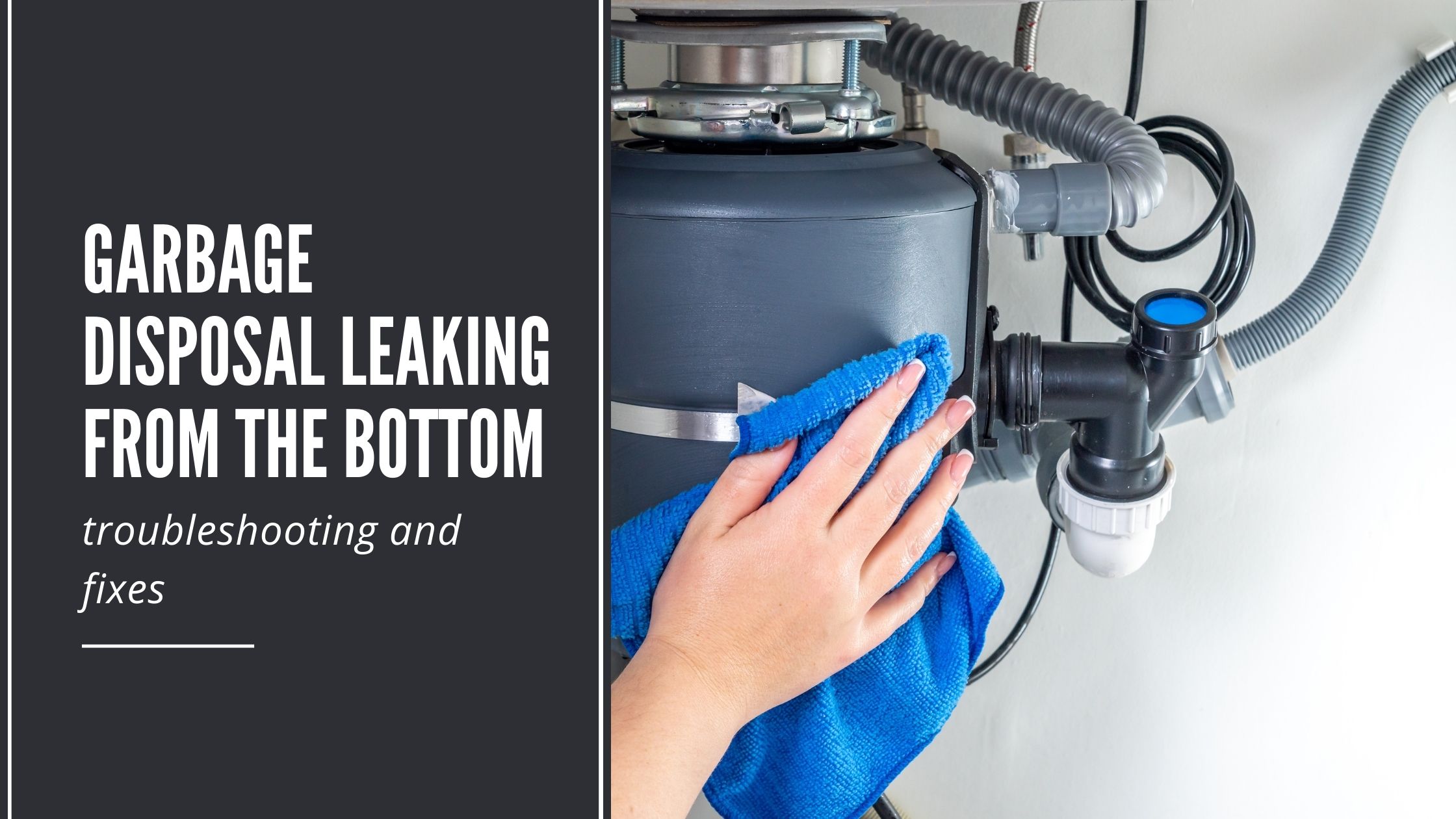Garbage disposals are a lifesaver in the kitchen, grinding away food scraps and keeping your sink clean. But what happens when you notice your garbage disposal leaking from the bottom? Well, the good news is that you don’t need to worry too much; it’s a common issue that you may be able to fix yourself.
In this guide, we’ll explore how to identify a bottom leak, pinpoint its source, and delve into the possible causes. We’ll also give you some ideas on how to fix any potential leaks.
How Do You Know if Your Garbage Disposal Is Leaking from the Bottom?
Properly identifying a leaking garbage disposal is the first step in resolving the issue. Here are some signs that can help you determine if your disposal is leaking from the bottom:
- Visual Inspection: Start by looking under your sink. If you see water pooling around the bottom of the disposal or dripping from it, it’s a clear sign of a bottom leak.
- Unusual Sounds: Pay attention to any unusual sounds when you use the disposal. Gurgling, dripping, splashing, or even humming noises that weren’t there before might indicate a leak.
- Foul Odors: Leaking water can create a breeding ground for mold and bacteria. So, if you notice musty or foul odors coming from your disposal, it could be due to a bottom leak.
- Decreased Performance: A bottom leak can affect your disposal’s performance. If it struggles to grind food waste or frequently gets clogged, the leak may be the culprit.
How to Find the Leak: The Food Coloring Trick
If you notice any of the signs above, then there is the chance that your garbage disposal is indeed leaking from the bottom. However, identifying just where the leak is coming from can be tricky – it’s not as easy as determining the cause and location of other potential issues, like glass in a garbage disposal. That being said, it’s important to confirm the exact source of the leak, as this will give you a better idea of the cause and appropriate fix. One clever way to do this is by using food coloring:
Step 1: Turn Off the Power
Before testing for the leak, it’s important to make sure there is no power going to the garbage disposal, as you’ll run the risk of electric shock. So, make sure to unplug it from the wall and turn it off from the breaker to make sure it’s completely powered down.
Step 2: Insert Stopper into Sink and Dry Thoroughly
Once the power is off, it’s time to place a watertight stopper into the sink drain, and ensure that the disposal and the area under your sink are completely dry. Use a cloth to wipe away any moisture to create a clean slate for the test.
Step 3: Add Food Coloring
Next, add some food coloring to a few cups of water and mix it thoroughly. Then, pour your newly-colored water on top of the sink stopper to help you detect the leak.
Step 4: Observe the Color
Now, grab a flashlight and watch closely. The colored water should seep down into the disposal unit, and reveal the location of the leak. If it’s a slow leak, it may help to wipe a rag over the disposal to get a better idea of what it’s coming from.
Pay special attention to the top (where the unit meets the drain), the side (where the main hose or pipe connects), or the bottom, as it will likely be leaking from one of these places. However, if you don’t notice anything coming from these spots, try pouring in some more colored water and checking again.
How to Fix a Leaking Garbage Disposal
Identifying the source of the leak is a crucial step, but what comes next is equally important: fixing the issue. We’ll now explore some of the most common leaks and how to address them.
Leak at the Sink Flange
If you notice a leak at the sink flange, then you’ll want to ensure that everything is connected properly. The garbage disposal and its drain hose should be tightly connected to the sink, and, if you’re using it with a dishwasher, that drain pipe should be attached properly as well. You shouldn’t be able to wiggle anything around in these areas, so make sure everything is tight.
Leak at the Dishwasher Hose
A leak at the dishwasher hose can be an easy fix. If it seems to be properly connected, then you can try replacing it with another one. You may need to refer to your owner’s manual for the correct part.
Leak from the Reset Button
You’ll usually find the reset button at the bottom of the garbage disposal. If the leak appears to be coming from there, it may simply be due to some debris getting stuck under the button. So, see if you can carefully clean around the button to dislodge it.
A Broken Internal Seal
If none of the above works, then you may be dealing with a problem inside of your disposal unit: a broken or faulty gasket. In this case, you’ll need to replace the gasket or the unit entirely.
Worn Out or Damaged Unit
Finally, the cause of your bottom leak may be due to a damaged unit, whether it’s due to an impact or just use over time. Similar to the fix for a broken internal seal, you may be able to hire someone to fix the problem, but it may be more cost-effective to just go ahead and replace the entire unit.
The Bottom Line
A garbage disposal leaking from the bottom can be a hassle, but with a systematic approach to troubleshooting and the right fixes, you can have your disposal back in working order. By identifying the issue, pinpointing the source of the leak, and addressing the potential causes based on your inspection findings, you can restore your kitchen’s functionality and prevent further water damage.
Remember to exercise caution and always turn off the power at the circuit breaker before working on your disposal. And if you’re unsure about any step or encounter challenges during the process, don’t hesitate to seek the assistance of a professional plumber to ensure the best results and peace of mind in your kitchen. Good luck!
Is it time to replace your garbage disposal? Check out the affordable and effective Moen GXS75C here.

